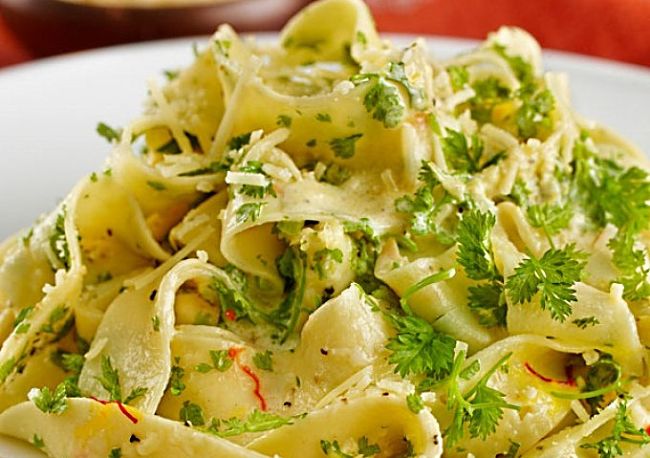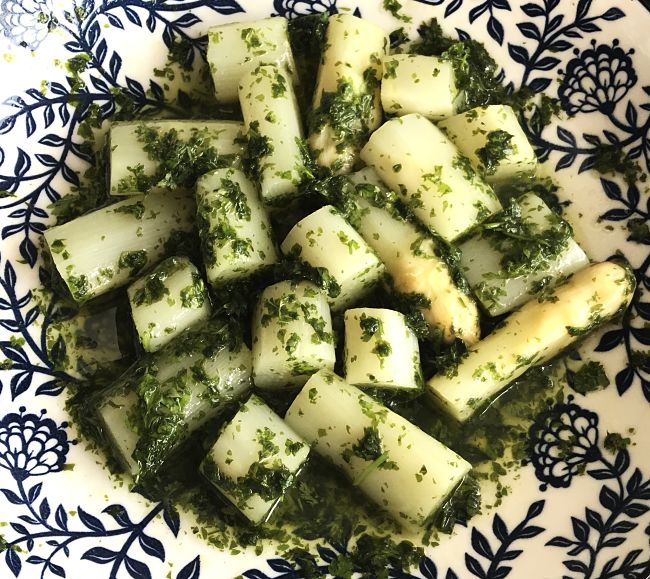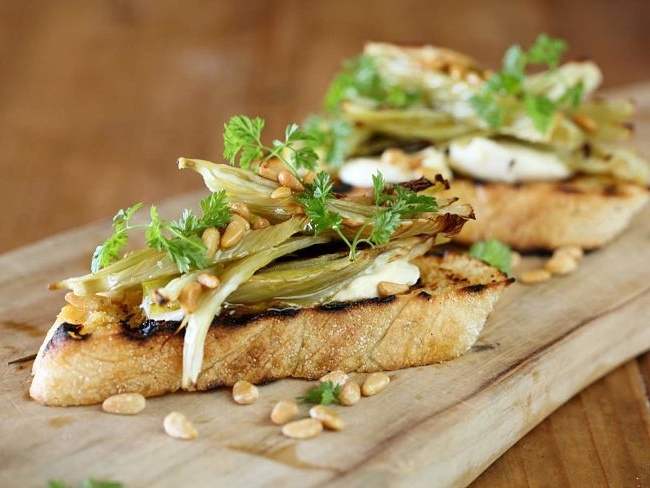Growing Chervil in Your Home Garden or in Pots
Chervil (Anthriscus cerefolium) is the more sophisticated, delicate and refined cousin of the more staid and humble parsley! It has a mild, sweet, peppery and a little spicy flavor which reminds you of both parsley and aniseed. It is much harder to buy because the delicate and perishable leaves make it hard for you local green grocer or supermarket to handle. So it pays to learn how to grow chervil in your home garden where it can be picked whenever you want to savour its delights.
Chervil is a classic and very popular herb for classic French cooking. It is often paired with tarragon, chives and parsley in various dishes and a a bouquet. It is best added right at the last moment due to its fragile leaf form and delicate flavor. Chervil is a classic ingredient in classic French sauces such as beurre blanc. It is also popular for seasoning chicken, egg, fish and seafood dishes. Chervil often added as a garnish to soups, sauces, salads and pasta dishes.
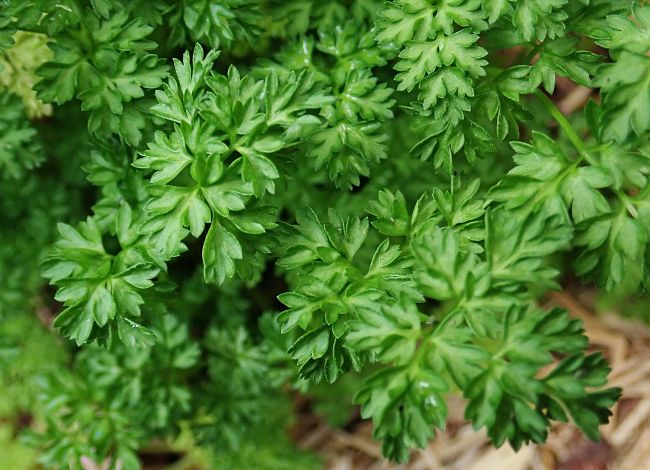
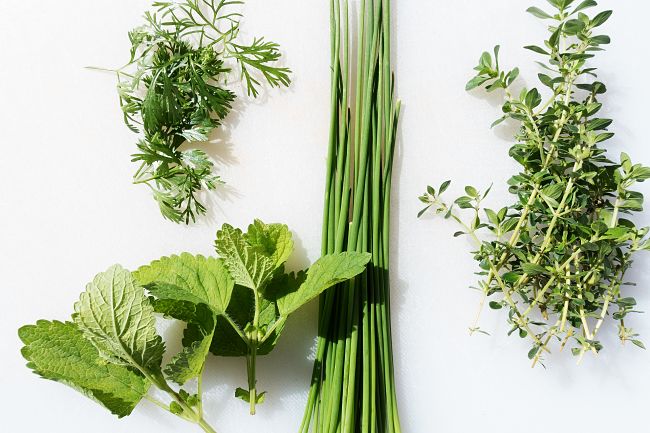
How and When to Grow Chervil
Chervil prefers cooler climates or can be grown over-winter in hotter locations. It grows well in shady garden spots where few other plants will grow. It grows well in containers and can be taken indoors and grown in a pot on a windowsill.
Chervil grows into an upright, somewhat bushy plant up to about 24 inches tall (60 cm) and 24 inches in width (60 cm) when mature. Stalks, leaves, and stems are all bright to mid-green and resemble parsley. Chervil prefers cool, moist, and partially shaded areas in your garden. Chervil will bolt to flowering in hot and dry weather. Beware that once a plant flowers, its foliage loses its classic sweet and peppery taste, with a mild hint of aniseed taste. Keep a continuous supply of chervil growing for cooking by using succession plantings. Sow chervil a batch of seeds every two weeks from Spring through until Summer. Plant another batch in fall (autumn). You can generally start harvest the leaves 8 weeks from sowing. Pick off the flower buds to prevent the plants from flowering and losing their flavor
Chervil is grown for its leaves. They need to be eaten fresh, just after picking as they quickly lose their flavor when stored, or kept in the refrigerator. They do not dry well and are wasted when cooked for prolonged periods of time. Flowers can be added as a garnish and the roots are edible, but not often used.
Chervil grows well in containers, but needs a relatively large pot, at least 12 inches (30 cm) deep to accommodate the taproot. It also grows and spreads out when mature.
Chervil grows best in areas with partial shade, away from the hot sun. It prefers rich loamy soils that retain moisture and so cover the soil around the plants with mulch once they are established.
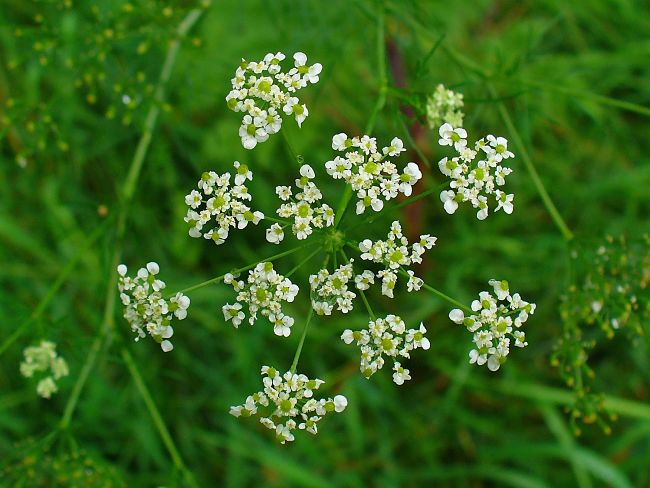

Caring For Chervil with the Right Conditions
Sun, Temperature and Season
Chervil needs 4 hours of direct light per day. It is frost tolerant, but should be covered when frosts are expected. As a cool-season plant, chervil grows best in shade and with temperatures less than 65 degrees F (18 degrees C). In warmer temperatures, chervil may wilt or bolt causing the leaves to lose their flavor.
Water and Humidity
Keep soil moist, but do not water-log. Do not let the soil dry out completely. Water plants in the morning and avoid watering the delicate leaves as this may weigh down the steam and damage the plants. When grown in containers, water the chervil frequently testing the soil moisture with your fingers of a moisture meter. Water less frequently during the winter months, and in cooler climates, but do not let the soil dry out completely.
Soil
Chervil grows well in moisture-retentive, humus-rich, very free draining loam type soil. The ideal pH range is 6.5-7.0. Cover the soil around the plants with a good covering of nutrient-rich organic mulch to keep the soil moist and the roots cool during the growing season.
Fertilizing
A soil with adequate organic matter should provide enough nutrients throughout the season, but you can add a nitrogen-rich liquid fertiliser to containers of poorer soils every 4 weeks.
Removing Flower Heads
Snip out any flower buds as soon as they appear. Regular harvesting will encourage the growth of new leaves. Prune keep the plant in shape as required.
Sowing Seeds
Sow chervil seeds directly into the soil outdoors or in the final positions in containers. Place the seeds gently onto the surface of the soil and press them in, but do not cover them with soil. Chervil seed need exposure to light to germinate. Thin the seedlings to a spacing of 6 inches apart (15 cm), once they are have reached the first true leaf stage, and keep well-watered. Sow seeds in containers in groups of 2-3 seeds, about 6 inches apart (15 cm). Thinning to the strongest seedling after they appear. Chervil is mostly grown as an annual herb, planting in Spring, because of its tendency to bolt when the weather heats up in late summer. In its natural environment, Chervil grows as a biannual, flowering in the second year.
Harvesting and Storing
Chervil is generally ready for picking 6 to 8 weeks after sowing, but young shoot can be picked earlier. Pick chervil leaves using scissors, or your hands, in the morning when they are well hydrated and at their their best.
Storing
Chervil does not store well. However, it will last for a few days in the refrigerator if you wrap it in damp kitchen paper. You can also place cut branches with stems in a glass of water and store them in the refrigerator. For long-term storage you can freeze a bundle of leaves in ice cube trays, pressed down and topped with a tiny amount of water. The frozen chervil cubes can be added directly to sauces and soups releasing the delicate chervil taste!
Troubleshooting and Problems
Your chervil will tolerate some wintry chill, and generally is not prone to pests and diseases. Slugs and snails need to be controlled as they attack young chervil seedlings. Aphids can also attack them. Chervil is prone to develop powdery mildew. This can be prevented by only watering the stems and roots, not the leaves.
